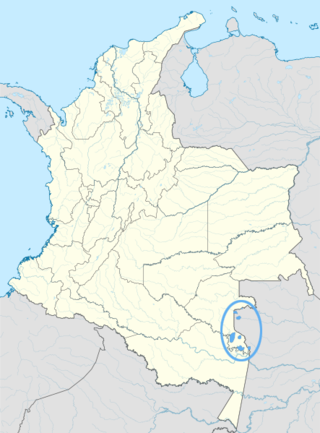| Hup | |
|---|---|
| Hupdë | |
| Pronunciation | [húpʔɨ̌d] |
| Native to | Brazil |
| Ethnicity | Hupd'ëh, Yohup |
Native speakers | 1,700 (2006–2007)[1] |
Naduhup
| |
| Language codes | |
| ISO 639-3 | Either:jup – Hupyab – Yuhup |
| Glottolog | hupy1235 |
| ELP | Hupda |
| Yuhup[2] | |
 | |
The Hup language (also called Hupdë,[3] Hupdá, Hupdé, Hupdá Makú, Jupdá, Makú, Makú-Hupdá, Makú De, Hupda, and Jupde) is one of the four Naduhup languages. It is spoken by the Hupda indigenous Amazonian peoples who live on the border between Colombia and the Brazilian state of Amazonas. There are approximately 1500 speakers of the Hup language. As of 2005, according to the linguist Epps, Hup is not seriously endangered – although the actual number of speakers is few, all Hupda children learn Hup as their first language.
- ^ Hup at Ethnologue (18th ed., 2015) (subscription required)
Yuhup at Ethnologue (18th ed., 2015) (subscription required) - ^ Endangered Languages Project data for Yuhup.
- ^ The letter ë stands for [ə].